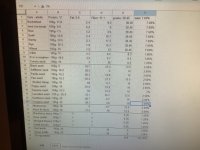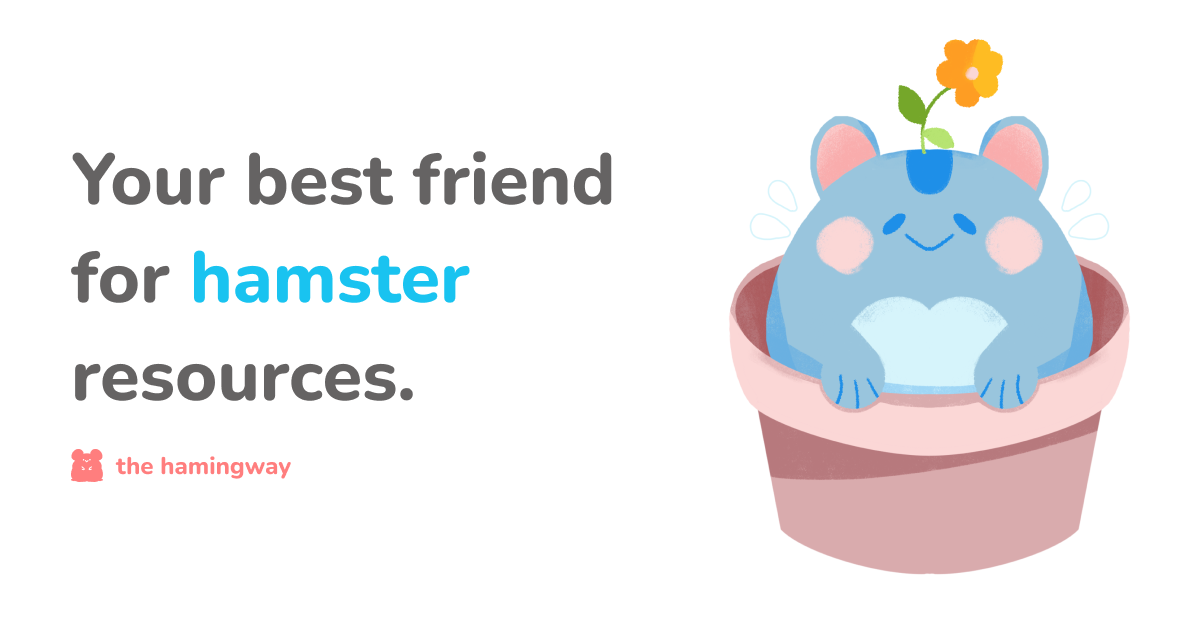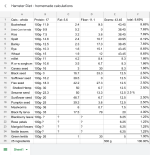Hello,
I personally am not a fan of mixing homemade diets using only the fat-protein-fibre method. That's because it doesn't take into account vitamins and minerals and you can end up with a diet with "perfect" percentages of fat and protein which is seriously deficient in some critical nutrients.
It's also because fat, protein and fibre are actually the nutrients where you have the most leeway. Fibre you don't really need to bother with at all (the only reason it's listed alongside fat and protein is due to US regulations on human nutrition labelling). With fat and protein, there is a fairly wide range which seems to be safe and adequate rather than a specific percentage to aim for.
This is why I made this spreadsheet and notes:
https://gerbilforum.proboards.com/thread/35223/nutrition-database-calculator
Although it's currently focused on gerbils, it can be used for hamsters and I am currently working on updating the spreadsheet and all of the notes to be for both hamsters and gerbils. Unfortunately that is taking a long time!
I recommend a bottom-up approach to food mixing where you start with the vitamins and minerals and then if the fat and protein percentages look off you can make adjustments afterwards.
With regard to lentils, I don't think the quantity in your mix is excessive though I probably wouldn't go any higher. Lentils contain antinutrients which can affect the absorption of other nutrients so shouldn't be used in high quantities. You can sprout them to reduce the levels of these antinutrients and increase their overall nutrition.
I'm going to plug your mix into my database and post again with more detailed advice in a little bit.



